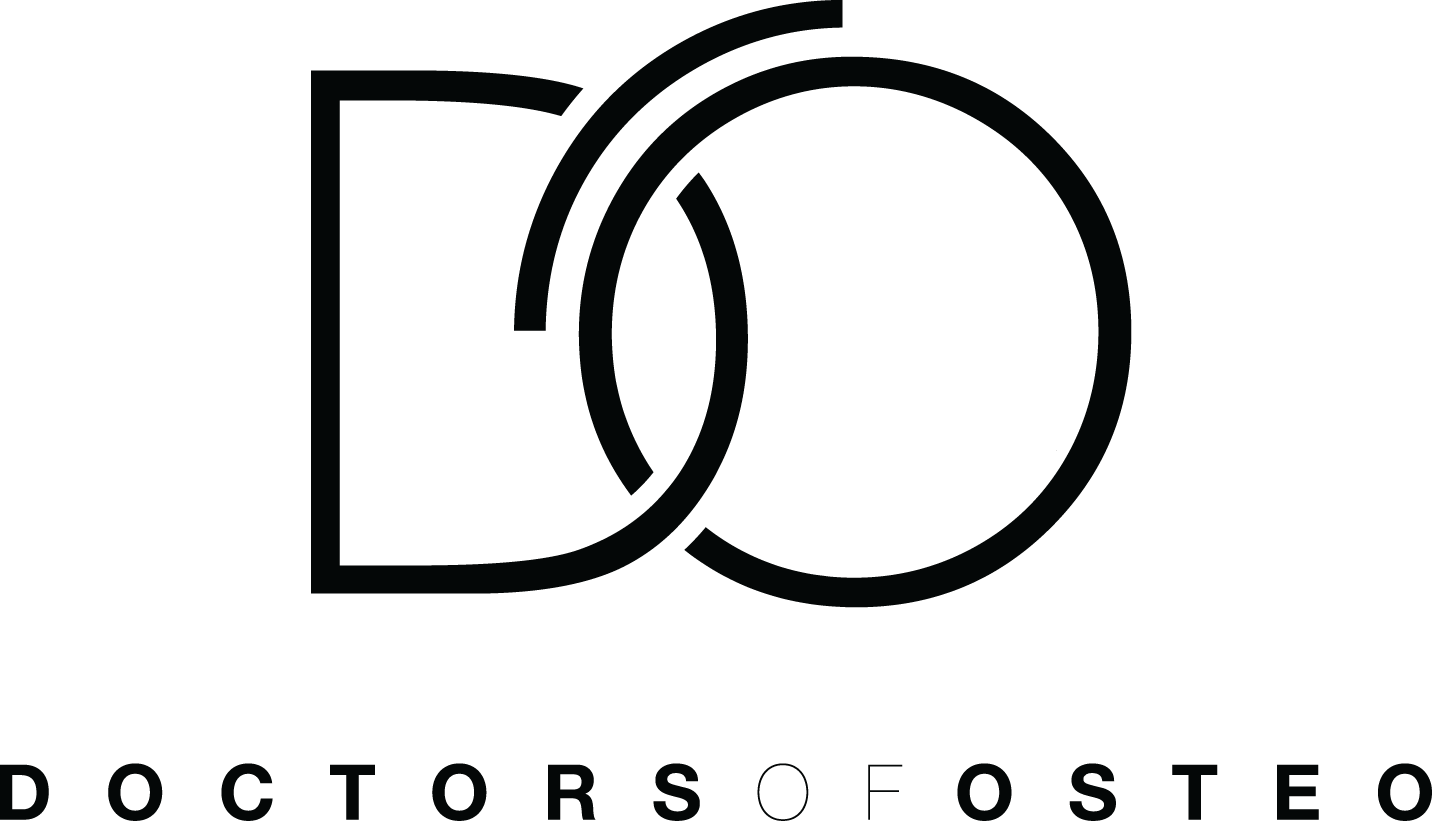Osteoarthritis (Creaky and Clicking Joints)
What is Osteoarthritis?
Osteoarthritis (OA), also known as Degenerative Joint Disease (DJD), is a condition that affects the whole joint including bone, cartilage, ligaments and muscles. The two bones of a joint are normally protected by smooth, cushioning material called cartilage. In osteoarthritis, this cartilage breaks down, causing pain and stiffness in the joint.
Osteoarthritis is one of the most common forms of arthritis. It is most likely to form in people over the age of 45 or those who have had joint injuries.
Some of the common symptoms of osteoarthritis:
Stiffness (especially in the mornings)
Joint pain
Muscle weakness
Research shows there are some things that may put you at more risk of developing OA in certain joints, such as:
Knees: being overweight; having a previous knee injury; jobs involving kneeling; climbing and squatting
Hips: being overweight; having a previous hip injury; jobs involving lifting heavy loads (including farming); a family history of osteoarthritis
Hands: a family history of osteoarthritis ; repetitive use or previous injuries to the hands; being overweight
Exercises beneficial for Osteoarthritis
Research has shown that people with osteoarthritis should engage in exercise as it is the most effective non-drug treatment for reducing pain and improving movement in osteoarthritis.
Aerobic Exercises
Excess body weight is a risk factor for the development and progression of osteoarthritis. Due to gravity, every kilogram equates to 7kg of pressure onto the knees. This results in the cartilage within the joint wearing away quickly. Aerobic exercise helps to control weight gain. This form of exercise also decreases fatigue and improves your mood.
Range of Motion Exercises
With osteoarthritis, creaky and clicking joints and pain and stiffness of the joint make it very difficult to move it in certain ways. This may lead to the inability to complete simple everyday tasks. However, putting the joint through range-of-motion exercises can help maintain flexibility in the joints. These exercises include gentle stretching and movements that take the joints through their full span (e.g. circle motions).
Strength and Resistance Training
Strengthening the muscles surrounding the affected joint helps forms a protective barrier around the weakened joint and place less pressure on the joints, which leads to less pain and stiffness. Strength training also has other benefits including increased bone density which helps guard against another condition, osteoporosis!
Nutrition
The best diet for osteoarthritis is a healthy, balanced diet. Recommended servings of fruit and vegetables are about one and a half cups of fruits, and two to three cups of vegetables per day. Research suggests that eating foods with ‘healthy’ fats may help reduce the symptoms of arthritis.
These healthy dietary fats include:
Monounsaturated fat (olive oil, canola oil, sunflower oil, avocados, nuts and seeds)
Omega-3 fats (sardines, salmon, oily fish)
It is also beneficial to include the following foods into your diet:
Broccoli
Ginger
Olive oil
Vitamin C and D enriched food
Foods and drinks to avoid when you have osteoarthritis
Saturated and trans fats found in foods like butter, meats, and processed foods may contribute to inflammation
High salt or sodium intake will elevate blood pressure
High sugar intake may stimulate the production of inflammatory substances that can damage joints
How can Osteopathy help with Osteoarthritis?
Osteopathy may be very beneficial in alleviating the symptoms of osteoarthritis. Since one of the main complaints of osteoarthritis is creaky and clicking joints and pain and stiffness osteopaths aim to relax the affected area by loosening the surrounding muscles with soft tissue techniques, muscle energy techniques, as well as indirect techniques. Traction and articulation techniques are greatly used during treatment as these increase the healing process as well as improve the draining of the joint.
In order to address the inflammation that occurs within the joint, we also aim to minimise tissue fluids through techniques targeting the lymphatic system as well as working with the autonomic nervous system to decrease the overexcitement of the nervous system.
Due to the bodily compensation that occurs once a joint is largely affected by osteoarthritis, osteopaths will be also able to help treat any other aches and pains that may occur during the process.
Doctors of Osteo provide quality osteoarthritis treatments with our osteopaths near me in Hawthorn, Hawthorn East, Kew, Balwyn, Canterbury, Camberwell, Camberwell East, Richmond, Malvern and Glen Iris.


